Membership in 1938
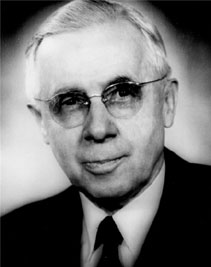
Ernest Burgess
¶ 1 Leave a comment on paragraph 1 0 The membership dues established in 1938 were $2.00 per individual who could vouch for sincere interest in the study of families and their relationships. Organizations were invited as members with the vote of the executive committee of NCFR. During the first year of its existence, and largely through the efforts of Ernest Burgess, secretary, over 500 members were recruited. They in turn were instrumental in coordinating the state and regional groups.
¶ 2 Leave a comment on paragraph 2 0 Among the very first members of NCFR were lawyers, federal agency personnel, nonprofit associations, sociologists, religious leaders, psychiatrists, psychologists, social workers, home economists, physicians, and university professors from several fields. The following list is indicative of the charter members: Sidney E. Goldstein, Emily Hartshorn Mudd, Edgar Schmiedeler, Katharine Whiteside Taylor, Evelyn Millis Duvall, Adolf Meyer, Ernest R. Groves, Ernest W. Burgess, Fred L. Adair, Benjamin R. Andrews, Henry A. Bowman, Muriel W. Brown, Leonard S. Cottrell Jr., Stanley P. Davies, Lester W. Dearborn, Robert L. Dickinson, Harriet Daggett, Harriet Elliot, Joseph K. Folsom, Robert G. Foster, Lawrence K. Frank, E. Franklin Frazier, Gladys Gaylord, David Fulcomer, Nadina R. Kavinoky, Rev. John O’Grady, Paul Sayre, Ralph H. Ojemann, Paul Popenoe, Max Rheinstein, George S. Stevenson, B.F. Timmons, Arthur J. Todd, Anne Budd Ware, Edna N. White, Faith Williams, and L. Foster Wood.
¶ 3 Leave a comment on paragraph 3 0 David M. Fulcomer, a sociology professor at Colorado Women’s College, one of the first leaders and a long-time member of NCFR, offered the following reflections on the early years of the organization:
¶ 4 Leave a comment on paragraph 4 0 The first year. . . I remember that discussions were held about having state organizations. . . We talked about regional conferences in the Southeastern states and out on the Pacific coast. . . right at the beginning we battled with the inclusion of state and regional organizations attached to the National Conference. . . it was a struggle over many years on just how to establish, maintain, and develop ties with regions and states. . . In those early days Ernest Burgess. . .took on the major responsibility for the state and regional conferences. Persons known to be interested in the social vision of the NCFR were contacted and urged to assume responsibility for their state organizations.
¶ 5 Leave a comment on paragraph 5 0 One of the things that excited me in those early days was the amazing variety of professional persons from many disciplines and organizations that were involved in some way. I have said many times that I could not have found a nicer group of humans to know and work with over the years than. . .those in NCFR—a very dedicated, kind, caring group of people. Of course, in those early days we had the advantage of being relatively small in number – thus knowing each other well and really caring for each other as persons, as well as caring for what we were trying to get done.
¶ 6 Leave a comment on paragraph 6 0 Another early supporter and helper was L. Foster Wood, who pioneered the Family section of the Federal Council of Churches, now the National Council of Churches. He said, “An interesting thing was the emphasis Paul Sayre, our first president, put on what he called ‘the need for promoting human values in marriage and family life in a world of stress and strain’ . . . he thought of this as the objective of the National Conference.”
Gallery
- Paul Sayre
- Sidney Goldstein
- Emily Hartshorn Mudd
- Evelyn Millis Duvall
- Adolph Meyer
- Ernest Groves, NCFR president 1941
- Ernest Burgess
- Benjamin Andrews
- Henry Bowman
- Muriel Brown
- Robert Dickinson
- Robert Foster
- Larry Frank
- David Fulcomer
- Nadina Kavinoky
- John O’Grady


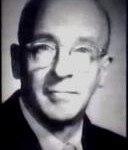
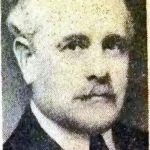
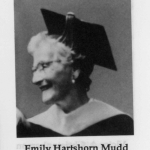
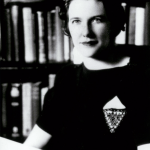
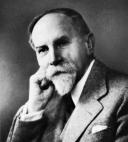
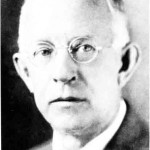



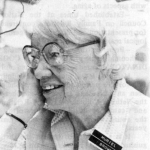
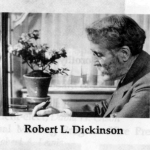
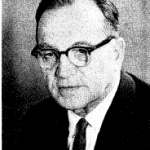
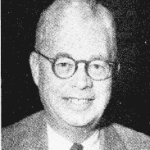
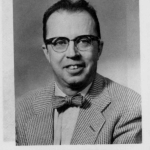
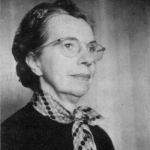
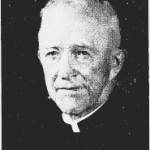
Comments
0 Comments on the whole Page
Login to leave a comment on the whole Page
0 Comments on paragraph 1
Login to leave a comment on paragraph 1
0 Comments on paragraph 2
Login to leave a comment on paragraph 2
0 Comments on paragraph 3
Login to leave a comment on paragraph 3
0 Comments on paragraph 4
Login to leave a comment on paragraph 4
0 Comments on paragraph 5
Login to leave a comment on paragraph 5
0 Comments on paragraph 6
Login to leave a comment on paragraph 6
0 Comments on paragraph 7
Login to leave a comment on paragraph 7
0 Comments on paragraph 8
Login to leave a comment on paragraph 8
0 Comments on paragraph 9
Login to leave a comment on paragraph 9
0 Comments on paragraph 10
Login to leave a comment on paragraph 10
0 Comments on paragraph 11
Login to leave a comment on paragraph 11
0 Comments on paragraph 12
Login to leave a comment on paragraph 12